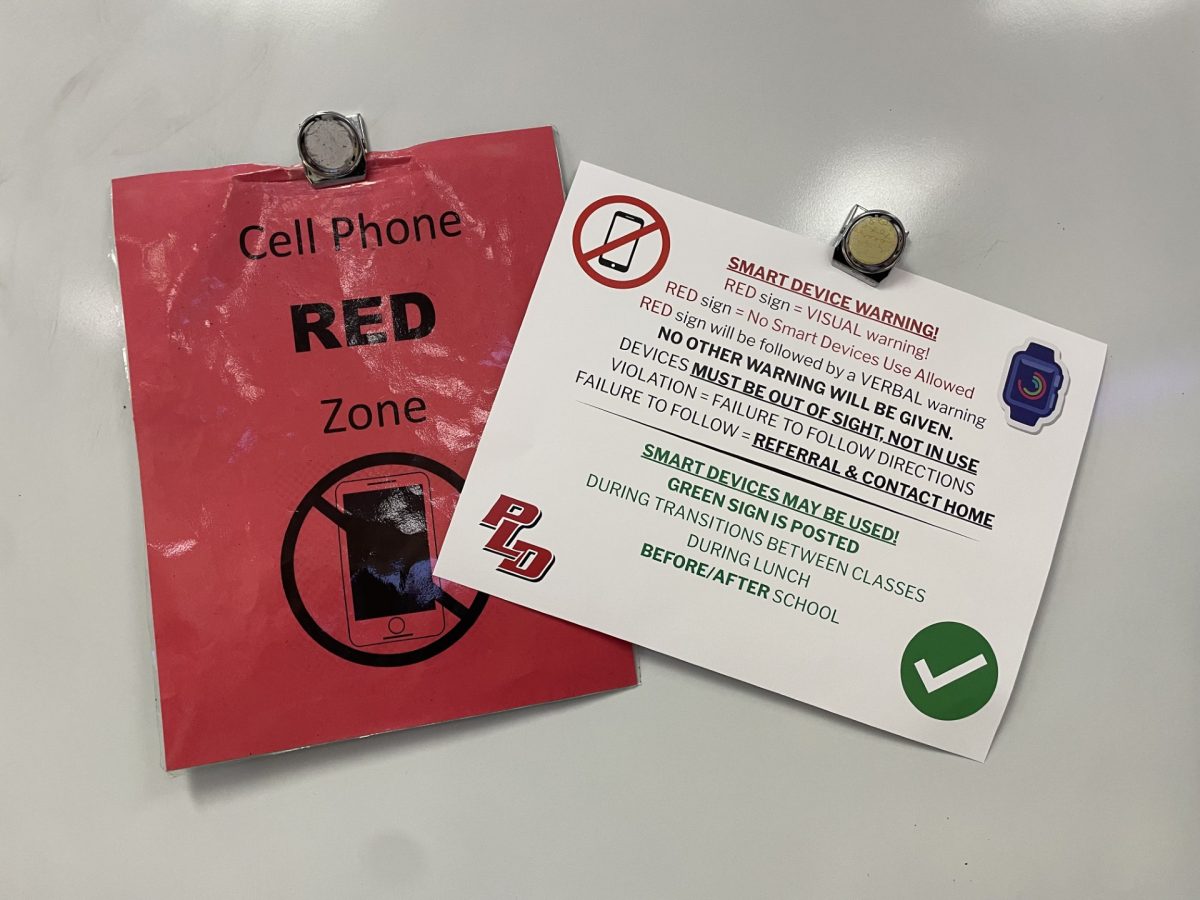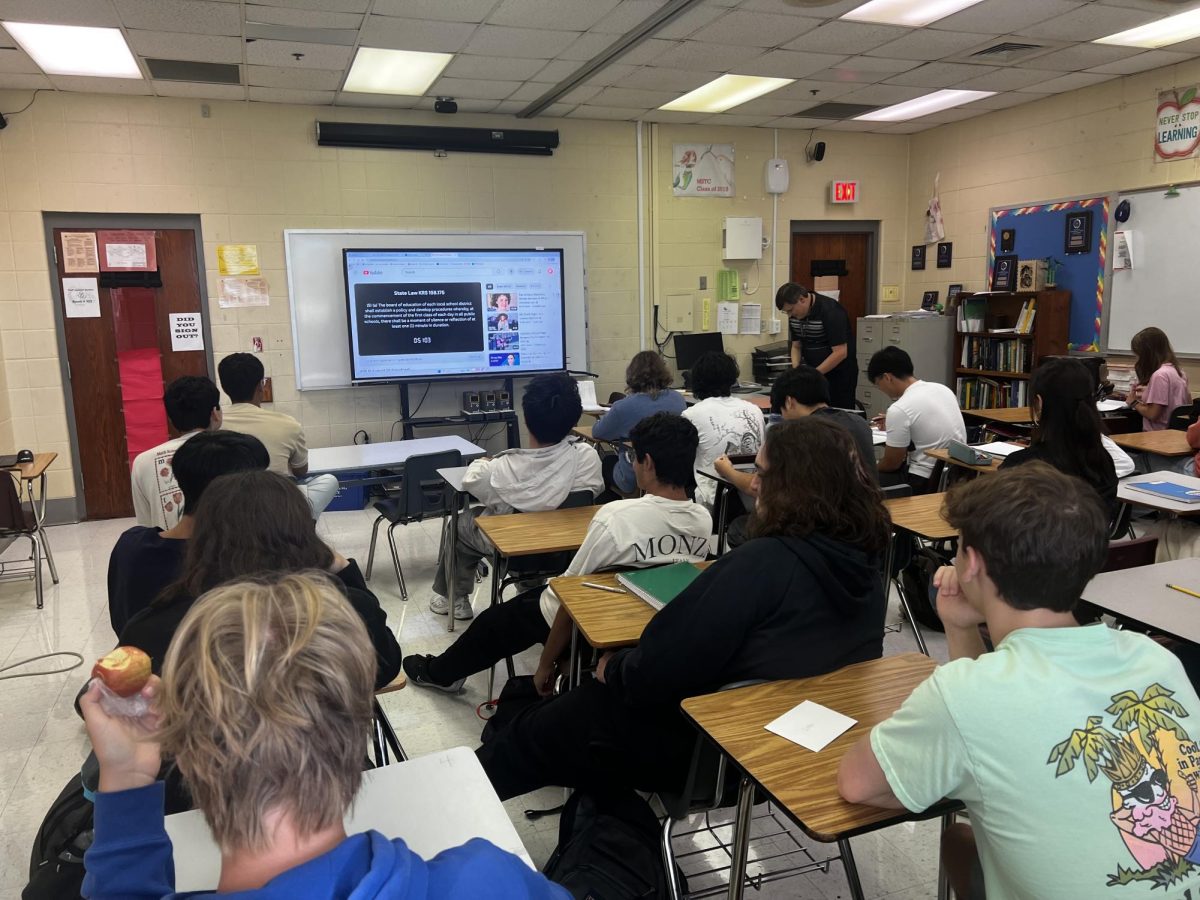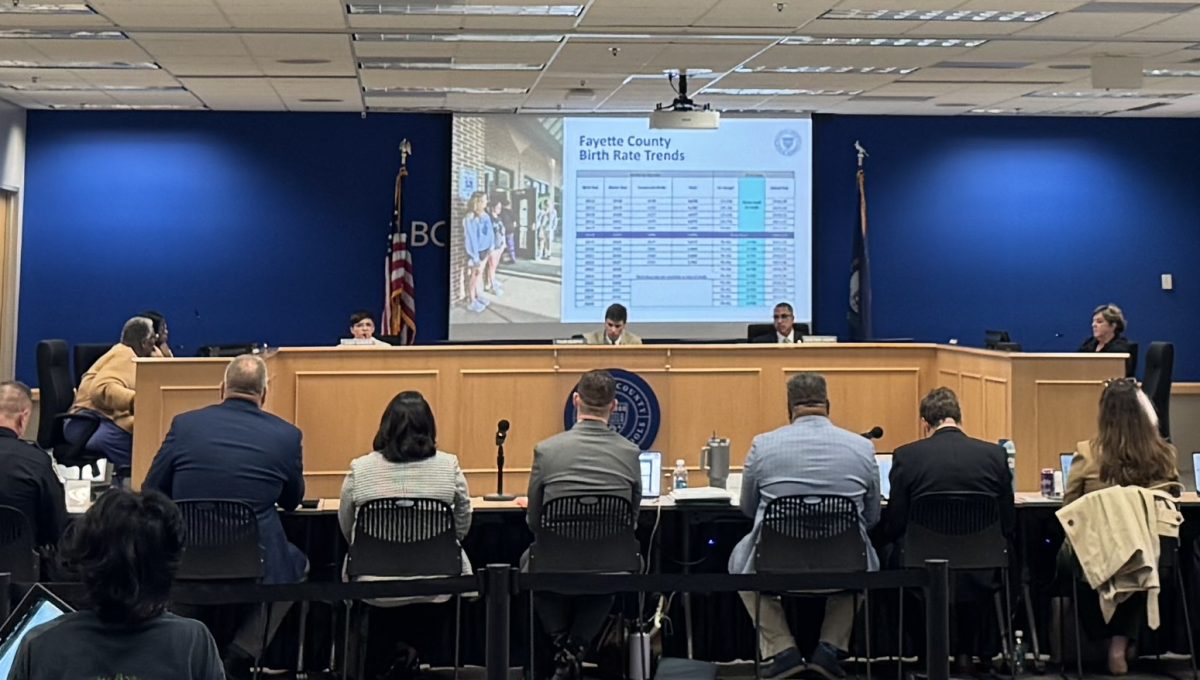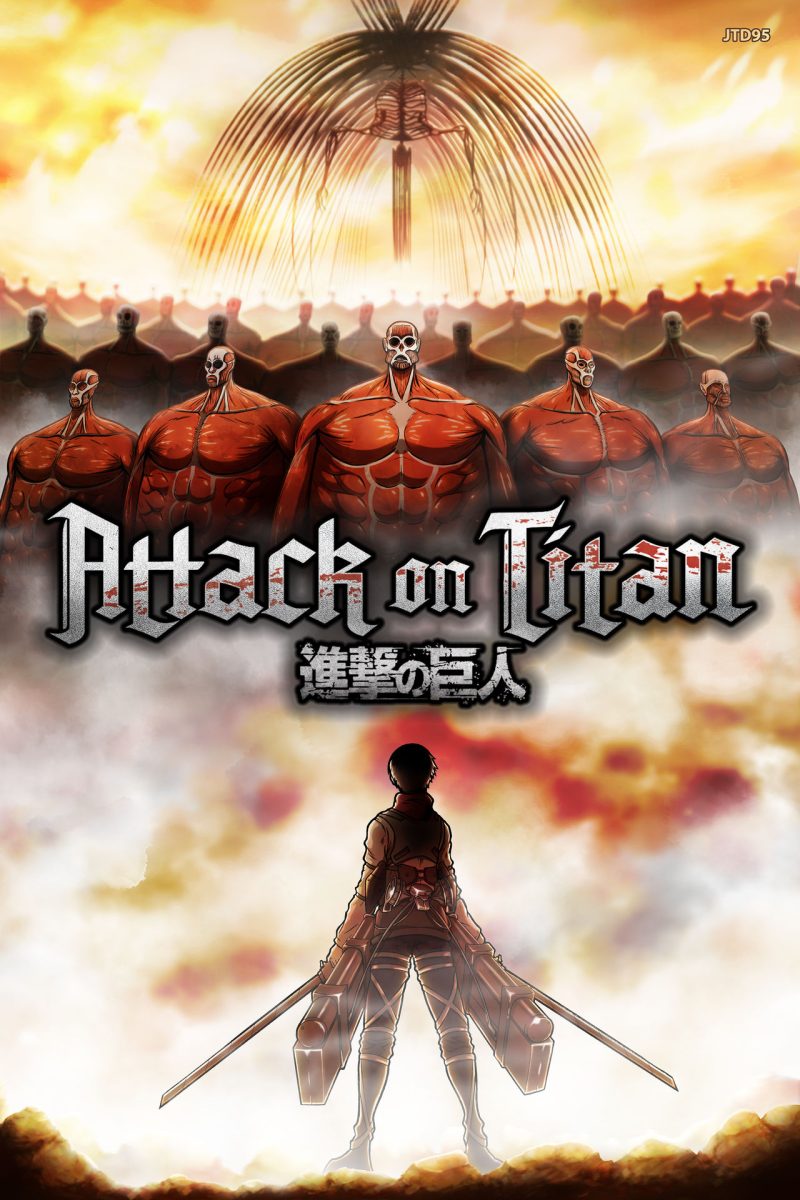Teacher, Students Disappointed by Changes to AP World History
The College Board has changed AP World History to AP World: Modern
For years, students have struggled their way through social studies teacher Mrs. Michelle Williams’ notoriously difficult AP World History class while learning about everything from farming to the fall of the Soviet Union in under 180 days.
But change has come to this long-standing subject: AP World History is no longer covering the history of, well, the world.
Instead, the College Board (which controls all AP courses) has divided the course into Ancient and Modern sections, sectioning the two at 1200 CE. Of these two classes, only Modern actually exists. The College Board, according to their website and personal communications, is waiting to create a separate class for Ancient until they can “confirm that colleges are willing to award credit for an additional AP World History exam, and that high schools are interested in offering two full, separate AP world history courses.”
Once the requisite 2,500 high schools and 100 colleges indicate their interest, new course and exam development will begin in December.
According to Zach Goldberg, Executive Director of Media Relations and External Communications at the College Board, exam development typically takes 2-3 years. This means that teachers will likely have to wait until at least 2021 to begin teaching Ancient.
In the meantime, the College Board recommends that students take Pre-AP World History and Geography, a course which covers the entirety of world history. However, many schools that offer AP courses, Dunbar included, do not offer Pre-AP curricula.
Pre-AP classes are also, as the name suggests, not as difficult as AP ones nor do they typically qualify students for college credit. This leaves students who wish to learn about ancient history at advanced levels a lack of options.
The reasoning for this split is that world history simply encompasses too much content to fit into a single year of high school.
The College Board has argued that because most colleges teach world history as two separate courses, AP World History should do the same. They also maintain that most teachers support the change, but many remain skeptical that this change is for the better.
Mrs. Williams said that she believes that starting the course at 1200 will only facilitate the Eurocentrism the course was initially intended to combat.
“World history classes were really just about Europe with a few mentions of other people,” Mrs. Williams said. “And so for a very long time, [AP World] was 30% or less Europe to try to combat that Eurocentrism.”
Mrs. Williams believes that starting at 1200 means ignoring the majority of non-European accomplishments.
“For 20 years we had been fighting racism and proving that other places had cool stuff, and other places had won wars and been successful and had great empires, not just the white people,” she said. “And this really is a setback in that outlook, where it’s really just this one small period in which the Europeans control most of the world.”
College Board’s justification for creating Modern before Ancient follows a somewhat similar, if inverse, line of reasoning: because colleges prioritize recent world history, it is more important to offer a course in that area.
According to their web site, “As most colleges only award credit to AP World History students for one college course, the immediate need is to move forward in the 2019-20 school year with an AP World History: Modern course and exam – now starting with 1200 CE – that will adequately measure the content and skills required for college credit in that course.”
Despite this argument, the students, for their part, mainly agree with their teacher.
“I think most people are in agreement that the decision to cut out topics prior to 1200 CE was not a very good one. I believe that if it’s world history, it should discuss the history of the entire world,” freshman Sara Falluji said.
Former students are also disappointed by the changes.
“In middle school, I had a world history class that was very Eurocentric. Coming into AP World, I learned a lot more about the actual achievements of every society, rather than just the white ones,” junior Sanaa Kahloon said. “At this point, we have regressed back to what world history was 50 years ago and we’re depriving students of having a holistic understanding of the world that they live in.”
Mrs. Williams acknowledges that covering the entirety of world history can be a challenge as it requires a focus on “breadth, not depth,” but she believes that the College Board could have reduced the burden in a less detrimental way.
“Some of the stuff we didn’t really need, like the Sogdians–nobody needs to learn about Sogdians in a survey class,” Mrs. Williams said. “They could have pulled out little stuff instead of pulling out the Mongols and Mansa Musa.”
Even the creation of AP World History: Ancient would not mitigate some teachers’ concerns. Dozens of teachers who share Mrs. Williams’ criticisms have been unable to prevent the change on a nationwide level.
Because of this, Mrs. Williams said that she has decided to simply ignore the College Board’s mandate as best she can. This year, she said that she is starting her class with a “Unit Zero” that covers most of the content the College Board eliminated.
This is a move that the majority of her students support.
“I think it’s a good decision. We would have never actually talked about a lot of religions if we had stuck to the curriculum because they took place before 1200 CE, along with a lot of the earlier civilizations…” Falluji said.
As for what will happen around the country, only time will tell.

Hi! I’m Sadie Bograd, and I’m a senior at Dunbar. This is my second year on Lamplighter staff. I’m now one of the program’s Editors-in-Chief. Along...


























